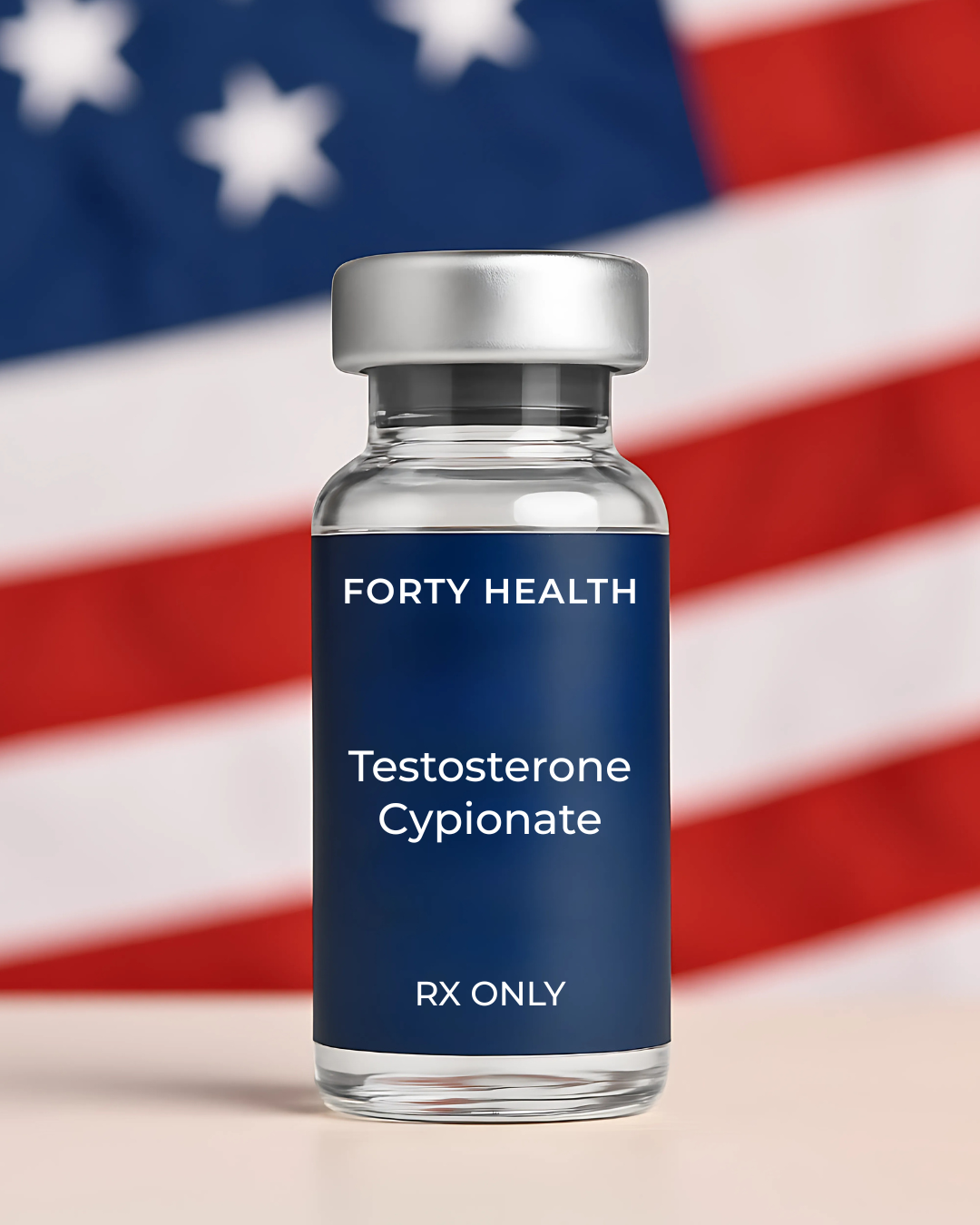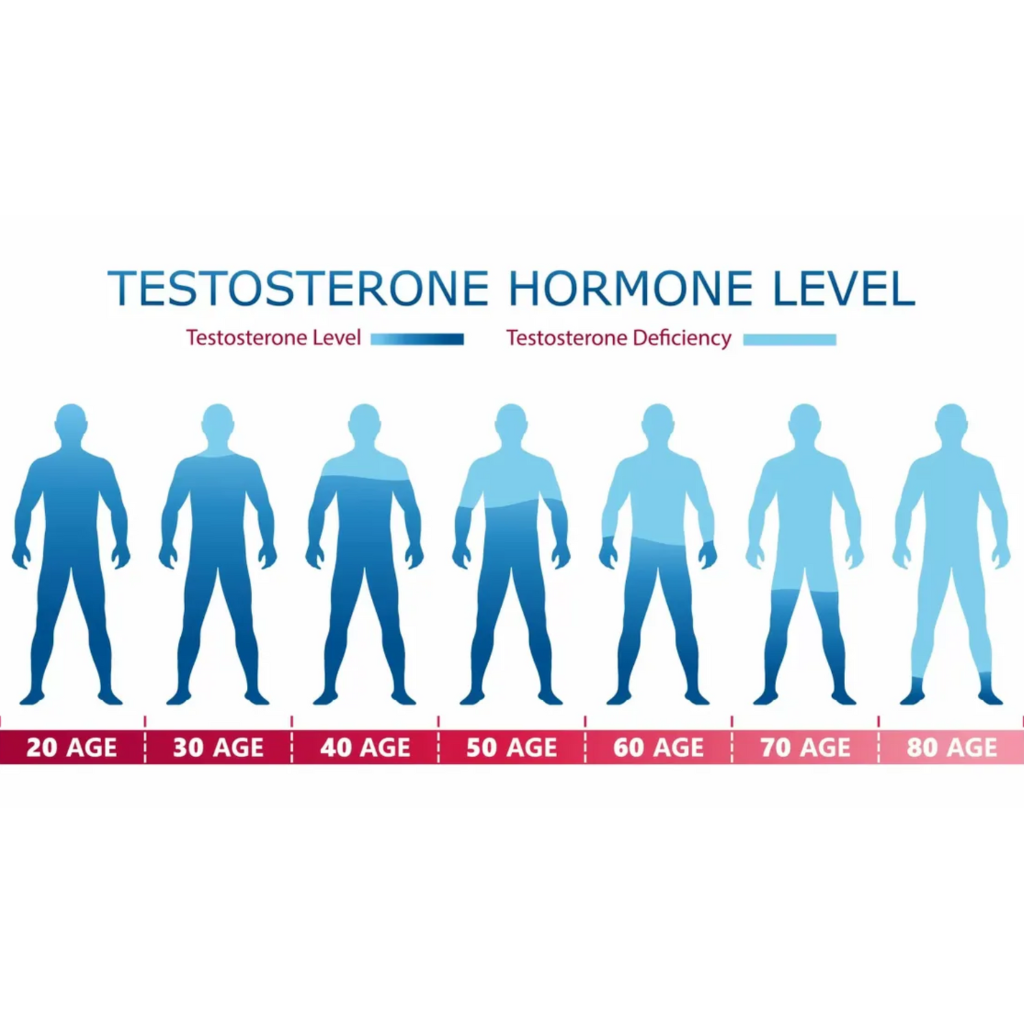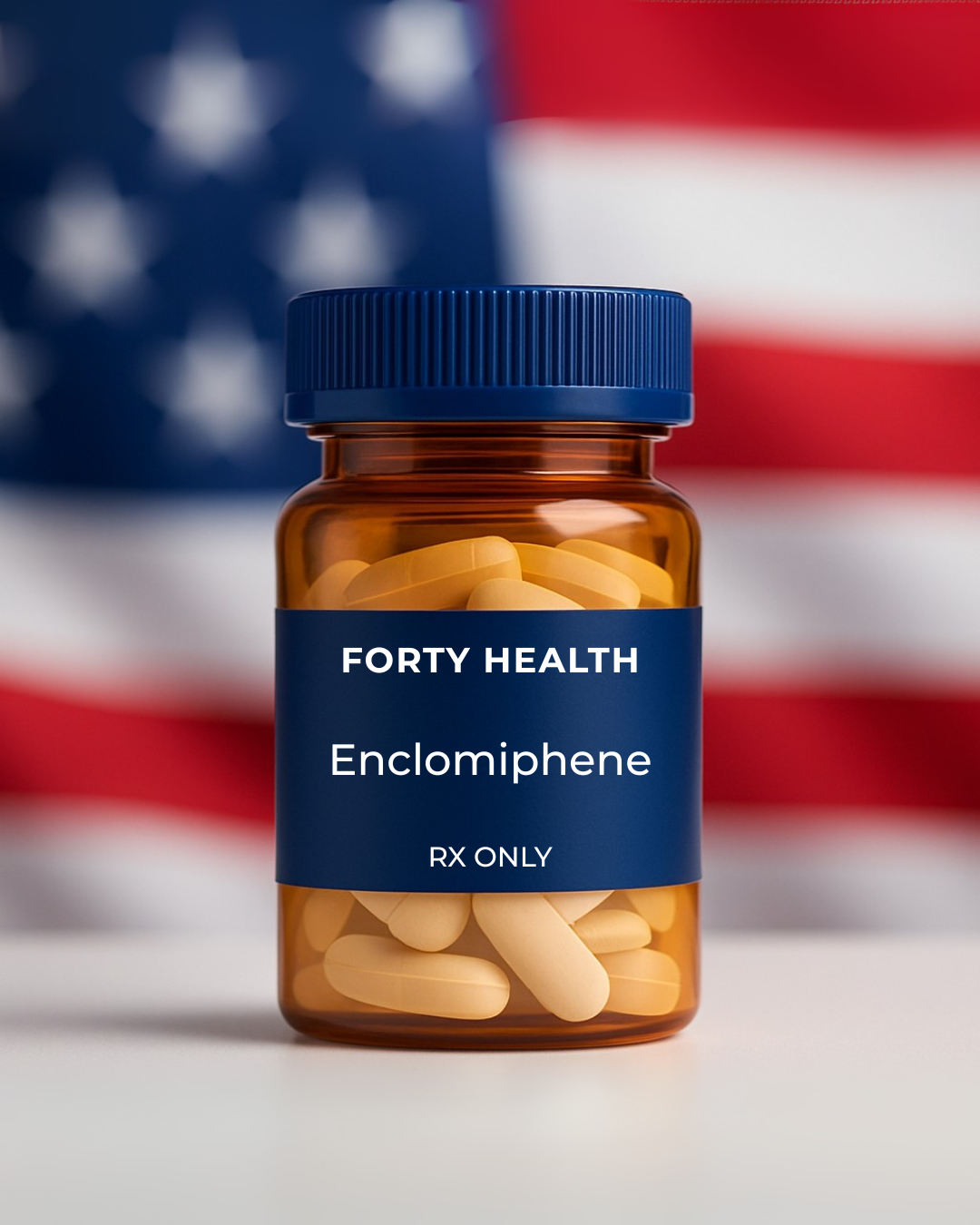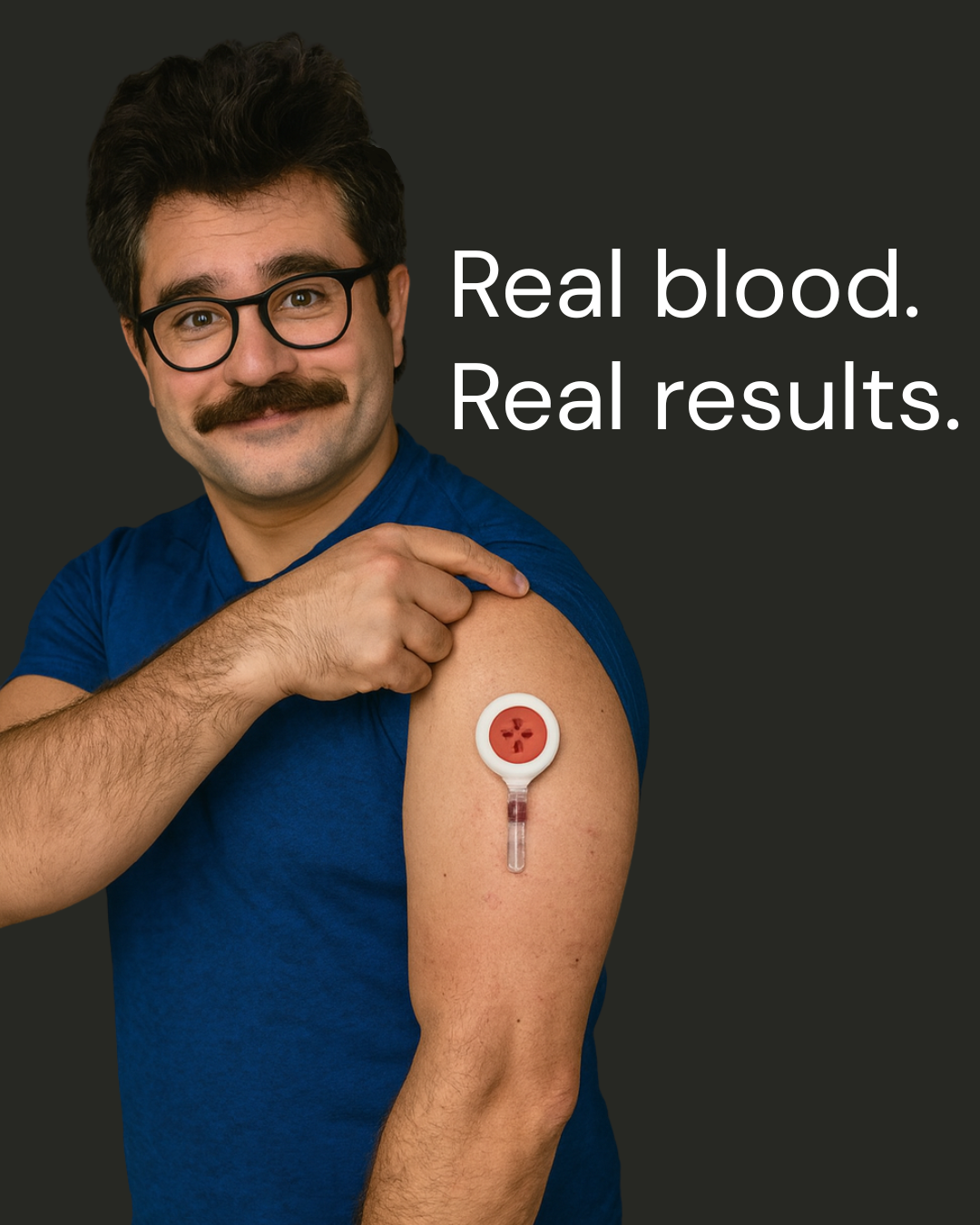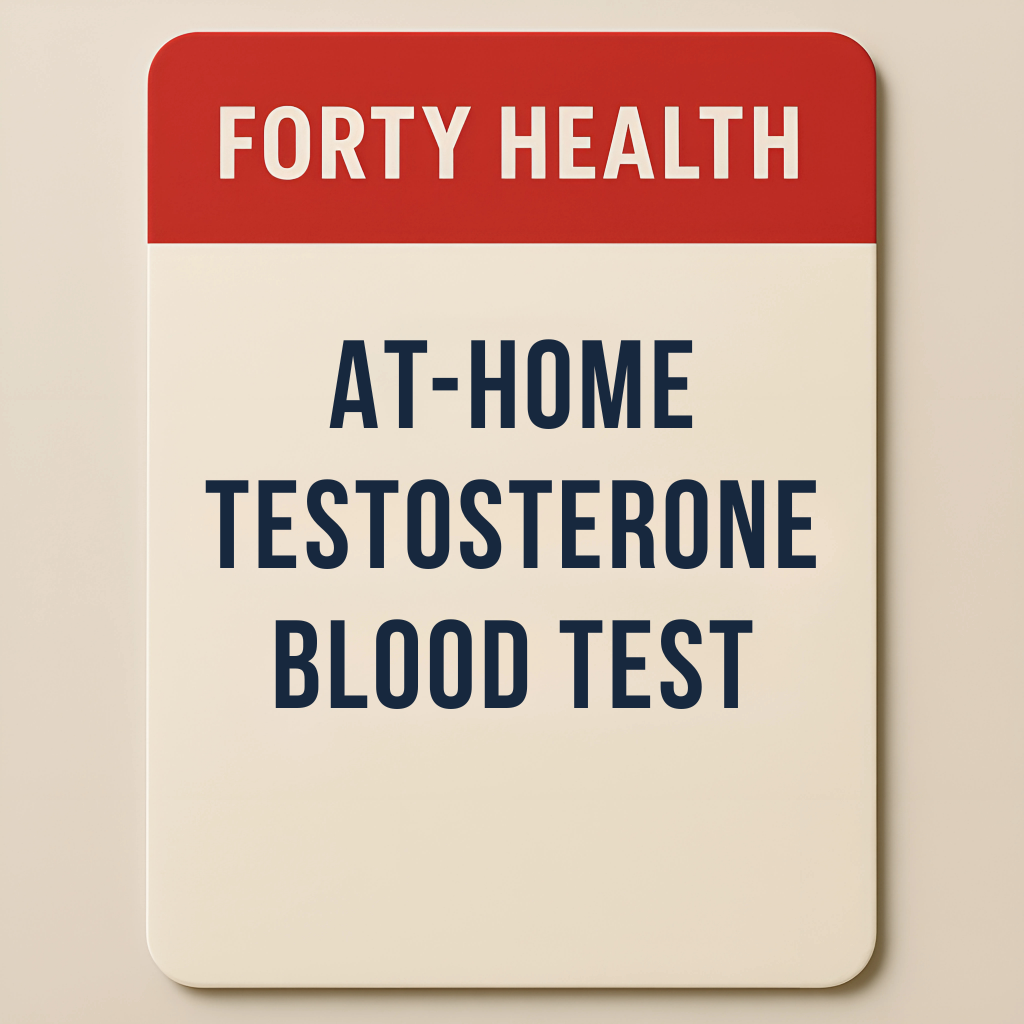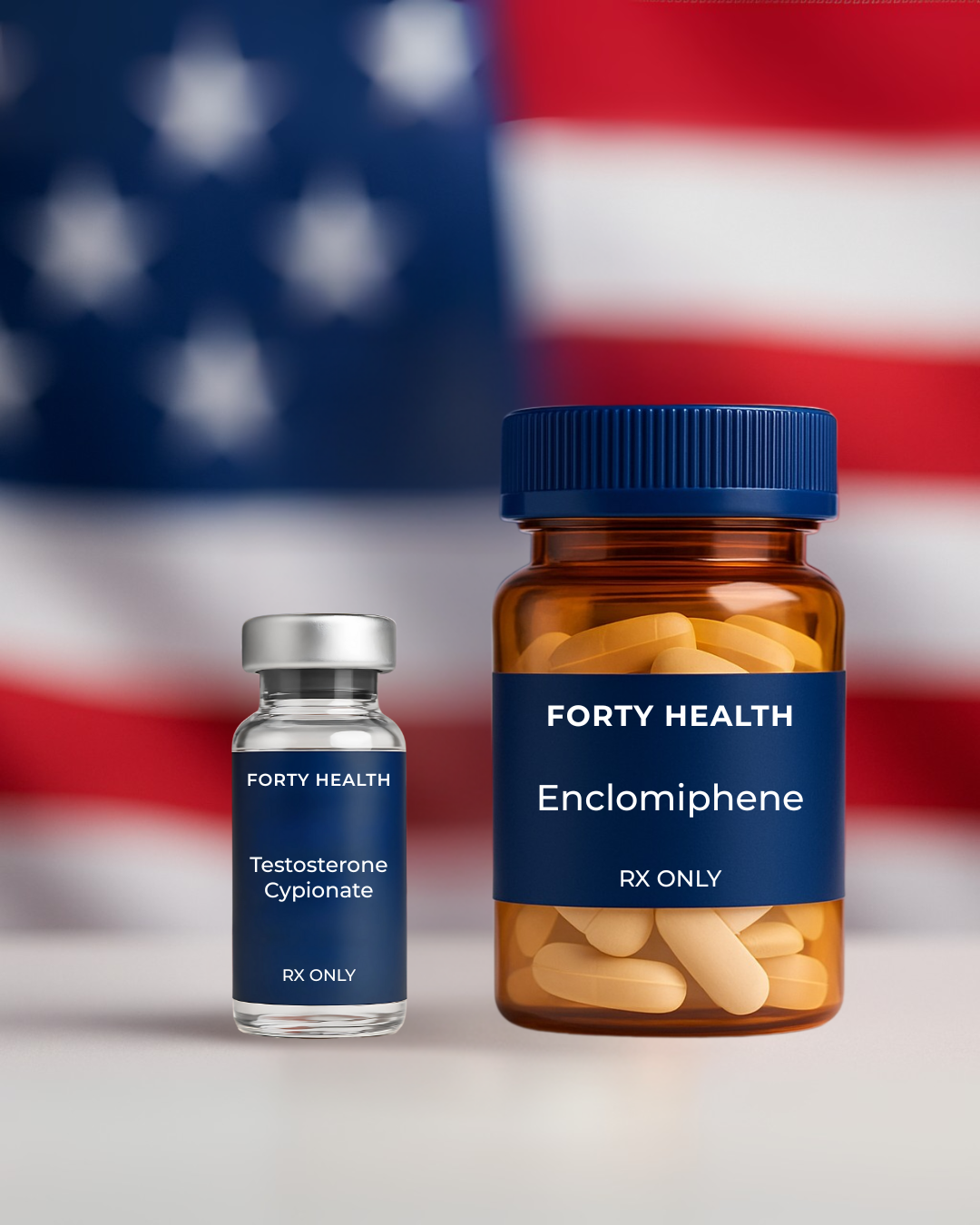
Abstract
A weight loss journey can look different for everyone. So whether you are just getting started or have been on this journey for quite some time, weight loss medications have probably been on your radar. And on your search for weight loss medications that are safe and effective, you've likely come across names like Wegovy aka semaglutide (“wegovy”), Ozempic aka semaglutide (“ozempic”), Mounjaro aka tirzepatide (“mounjaro”), and Zepbound aka tirzepatide (“wegovy”). That’s correct Ozempic & Wegovy are both the same medication, semaglutide, just different brands by different companies; same for Mounjaro/Zepbound for medication tirzepatide—similar to how Motrin and Aleve are different brands of the same medication under the wrapper, ibuprofen.
Although weight loss medications have had a bad rep in recent years, powerful GLP-1 receptor agonists are changing the game. The results don't leave much to chance - pounds are shed, cravings are managed, and metabolic risk is reduced across the board. Thoroughly reviewed and tested, these medicines have confidently transformed the medical weight loss space.
But how do they compare to each other? It can be tough to pick one based on minimal information alone. Also, what should you know before starting one of these treatments? The first step is doing your due diligence. In this research article we will dive deep into the differences between Wegovy vs Ozempic, Mounjaro vs Zepbound, to discuss dosing schedules, and address side effects like Ozempic pancreatitis symptoms. We will also go over cost and pricing for varied payor classes, including uninsured cash-pay models.
Introduction
The emergence of GLP-1 receptor agonists and dual agonists (semaglutide, tirzepatide) has transformed obesity pharmacotherapy, with substantial weight loss demonstrated in clinical trials. [1]
Wegovy vs Ozempic: What is the Difference?
Before we get into what makes both medicines different, let's talk about what connects the two - Wegovy and Ozempic contain the same active ingredient: semaglutide. This medication plays a pretty big role in regulating appetite and blood sugar levels, which in turn helps with weight loss. But that's where their similarities stop - the uses and dosing of the two medications differ pretty significantly.
• Wegovy is FDA-approved for chronic weight management
• Ozempic is approved for type 2 diabetes management
Often prescribed off-label for weight loss, Ozempic is often lower dosed because its main function is to control blood sugar levels. Wegovy, on the other hand, is higher dosed - purposefully prescribed to help manage a patient's weight. As of 2025, Wegovy vs Ozempic: Both contain semaglutide, but differ in indication and dosing. Wegovy is FDA-approved for chronic weight management; Ozempic is FDA-approved for type 2 diabetes [2].
Results
Since it is FDA-approved for weight management, there is a step-by-step schedule to help reduce gastrointestinal side effects that incrementally increase as time goes on. The gradual increase is mainly due to help reduce the possibility of nausea and help with the body‘s tolerance to this life-changing and physically-altering drug. [3]
Semaglutide Dosage Chart:
• Week 1-4: 0.25 mg once weekly
• Week 5-8: 0.5 mg
• Week 9-12: 1.0 mg
• Week 13-16: 1.7 mg
• Week 17 and beyond: 2.4 mg (maintenance dose)
Tirzepatide Dosage Chart:
• Start: 2.5 mg once weekly
• Increase every 4 weeks to 5 mg, 7.5 mg, up to 15 mg based on tolerance and results
How Much Do These Medications Cost Without Insurance?
Ozempic: $900 – $1,200/month.
Wegovy: $1,300/month.
Zepbound: $1,060/month.
Mounjaro: $850 – $1,200/month.
With insurance, the copays for each of these medications can range from $25 to $300/month, depending on your insurance provider and plan.
Discussion
How Does Mounjaro Work for Weight Loss?
Just like Ozempic, Mounjaro is not directly FDA-approved for weight loss. However, like reports from Ozempic users, users of Mounjaro often report weight loss as a side effect, too. Both semaglutide and tirzepatide are highly effective for weight loss, with tirzepatide generally producing greater weight reduction in head-to-head and indirect comparisons. [4]
That‘s because its active ingredient, tirzepatide, is an FDA-approved solution for weight loss. Mounjaro is often prescribed and approved for type 2 diabetes management, just like Ozempic [5]. Tirzepatide works by slowing down your body‘s digestive processes, all the while reducing your appetite, and increasing feelings of fullness.
Mounjaro vs Zepbound: Are They the Same?
Essentially, the two weight loss medications are the same in composition; however, their purposes and thus approvals are different in the world of weight loss medication.
• Mounjaro is FDA-approved for type 2 diabetes.
• Zepbound is the same medication (tirzepatide) but approved for weight loss.
So, when you‘re researching Mounjaro vs Zepbound, the difference lies in the labeling and
insurance coverage — not the formula. This might make getting prescribed one over the other
more complicated, but it‘s all good-to-know information before heading into your next
consultation with your physician [7-8].
Tirzepatide - the active ingredient in both of these medications - also uses an incremental scale,
or schedule, to minimize side effects and be the most effective for all patients.
Symptoms: What to Watch For
While Wegovy, Ozempic, Mounjaro, and Zepbound are all GLP-1 receptor agonists used for
either weight loss and diabetes management, as we already discussed, they differ in their specific
active ingredients and dosages.
The most common side effects for GLP-1s are: nausea, diarrhea, and constipation (from the gastric motility slowing down).
Here's a breakdown of each medication and their side effects:
Wegovy (Semaglutide): Nausea, vomiting, diarrhea, constipation, abdominal pain, and fatigue are common, especially at the beginning of treatment.
Ozempic (Semaglutide): Similar to Wegovy, with nausea, vomiting, diarrhea, and constipation being the most common.
Mounjaro (Tirzepatide): Nausea, diarrhea, and constipation are common, similar to semaglutide-based medications.
Zepbound (Tirzepatide):Nausea, vomiting, diarrhea, decreased appetite, and constipation are common, and stomach problems are also a possibility.
Conclusion
Choosing the Right GLP-1
Whether you‘re just exploring your options or ready to choose between the four weight loss medications discussed today, it is important that you speak to a medical expert or your physician on all the choices that you have. Every person is different - and every medical situation is different. So when it‘s between Wegovy vs Ozempic or Zepbound vs Mounjaro, it's important to weigh your goals, insurance situation, and potential side effects, as well as other factors. GLP-1s and tirzepatide are changing lives — but have different side effect profiles and product characteristics.
References
- Rodriguez PJ, Goodwin Cartwright BM, Gratzl S, et al. Semaglutide vs Tirzepatide for Weight Loss in Adults With Overweight or Obesity. JAMA Intern Med. 2024;184(9):1056–1064. doi:10.1001/jamainternmed.2024.2525
- Elmaleh-Sachs A, Schwartz JL, Bramante CT, Nicklas JM, Gudzune KA, Jay M. Obesity Management in Adults: A Review. JAMA. 2023;330(20):2000–2015. doi:10.1001/jama.2023.19897
- Davies MJ, Aroda VR, Collins BS, Gabbay RA, Green J, Maruthur NM, Rosas SE, Del Prato S, Mathieu C, Mingrone G, Rossing P, Tankova T, Tsapas A, Buse JB. Management of Hyperglycemia in Type 2 Diabetes, 2022. A Consensus Report by the American Diabetes Association (ADA) and the European Association for the Study of Diabetes (EASD). Diabetes Care. 2022 Nov 1;45(11):2753-2786. doi: 10.2337/dci22-0034. PMID: 36148880; PMCID: PMC10008140
- Singh A, Singh AK, Singh R, Misra A. Comparative efficacy and safety of semaglutide 2.4 mg and tirzepatide 5-15 mg in obesity with or without type 2 diabetes: A systematic review of Phase 3 clinical trials. Diabetes Metab Syndr. 2025 Mar;19(3):103212. doi: 10.1016/j.dsx.2025.103212. Epub 2025 Mar 8. PMID: 40086043
- Mozaffarian D, Agarwal M, Aggarwal M, Alexander L, Et. al. Nutritional priorities to support GLP-1 therapy for obesity: a joint Advisory from the American College of Lifestyle Medicine, the American Society for Nutrition, the Obesity Medicine Association, and The Obesity Society,
- The American Journal of Clinical Nutrition, Volume 122, Issue 1, 2025, Pages 344-367, ISSN 0002-9165, https://doi.org/10.1016/j.ajcnut.2025.04.023
- Monami M, Nreu B, Scatena A, Cresci B, Andreozzi F, Sesti G, Mannucci E. Safety issues with glucagon-like peptide-1 receptor agonists (pancreatitis, pancreatic cancer and cholelithiasis): Data from randomized controlled trials. Diabetes Obes Metab. 2017 Sep;19(9):1233-1241. doi: 10.1111/dom.12926. Epub 2017 Jun 20. PMID: 28244632
- Nieto LM, Martinez J, Narvaez SI, Ko D, Kim DH, Vega KJ, Chawla S. Glucagon-Like Peptide-1 Receptor Agonists Use Does Not Increase the Risk for Acute Pancreatitis and Is Associated With Lower Complications in Patients With Type 2 Diabetes Who Develop Acute Pancreatitis: A Multicenter Analysis. Am J Gastroenterol. 2025 May 13. doi: 10.14309/ajg.0000000000003525. Epub ahead of print. PMID: 40358430
Article Information
Author: Hisham M. Valiuddin, DO, MBA
Affiliations: Department of Men's Health, Forty Health, Ellicott City, Maryland.
Accepted for Publication: August 1, 2025
Published: August 6, 2025
DOI: 10.6084/m9.figshare.28462596
Open Access: This is an open-access article distributed under the terms of the CC-BY License. © 2025 Hisham M. Valiuddin, Forty Health.
Corresponding Author:
Hisham M. Valiuddin, MD
Forty Health, Ellicott City, MD
support@fortyhealth.com
Author Contributions
Concept and Design: Valiuddin
Drafting of the Manuscript: Valiuddin
Critical Review for Intellectual Content: Valiuddin
Data Acquisition, Analysis, and Interpretation: Not applicable (informational review).
Conflict of Interest Disclosures
Dr. Valiuddin is affiliated with Forty Health, a telehealth provider specializing in testosterone replacement therapy (TRT) and men’s health optimization. No external conflicts of interest were reported.
Funding/Support
This article was independently developed by Forty Health. No external funding sources were involved.
Role of the Sponsor
Forty Health had no influence over the research, writing, or conclusions of this publication beyond general topic guidance.

